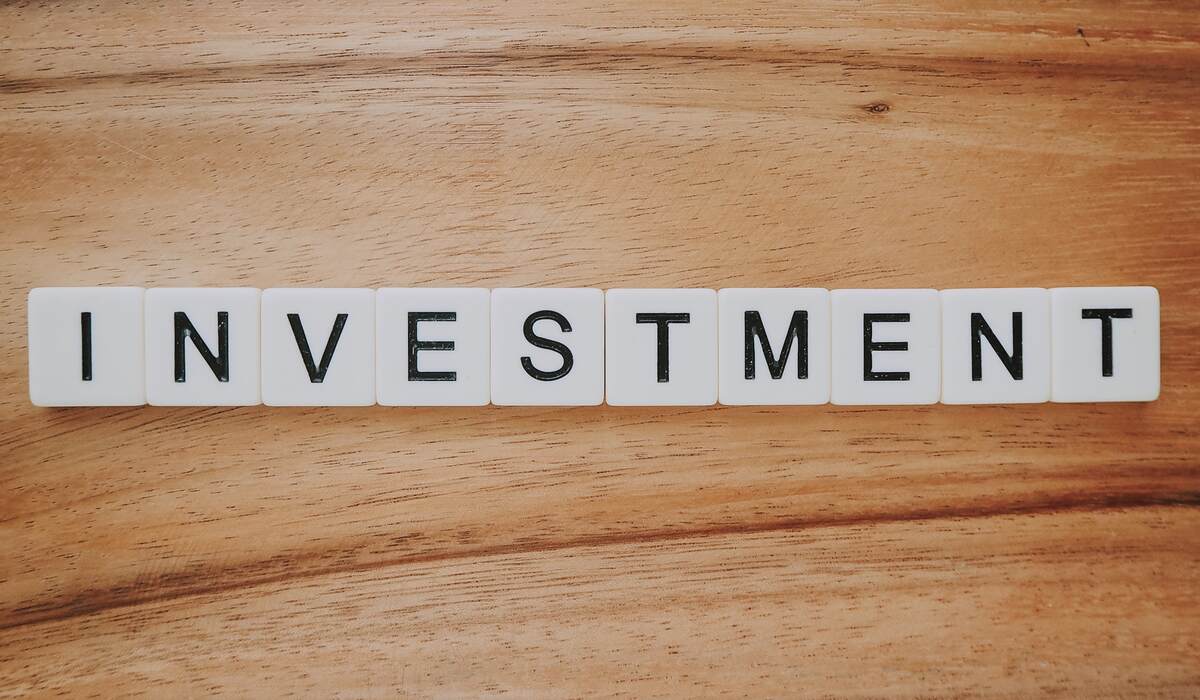Table of Contents
Evaluation is to mutual funds what a compass is to hiking- It helps you stay on the right track, gives direction and offers a sense of reassurance and confidence in the face of uncertainty. Without evaluation, investors can make uninformed decisions, falling prey to market fluctuations. But, amidst all the numbers, ratios, and metrics available on the internet, it is natural to feel overwhelmed. Hence, we broke down the process of evaluating mutual funds into a series of easy-to-follow steps for you to take.
Lessgo! 💪
Step 1: Define Your Evaluation Criteria
The first step to evaluating mutual fund performance is to define your evaluation criteria. Consider factors such as returns, risk metrics, expense ratios, and fund manager expertise. Determine which criteria are most important to you based on your investment goals and risk tolerance.
Step 2: Analyze Historical Returns
Historical returns play a crucial role in evaluating mutual funds. Look at the fund’s performance over various time periods, such as 1-year, 3-year, 5-year, and 10-year returns. Compare the fund’s returns with its benchmark index and similar funds in the category to gain insights into its relative performance.
Remember though – past performance is not a guarantee of future results, but it can provide valuable information about a fund’s track record and consistency.
Step 3: Assess Risk-Adjusted Returns
Evaluating risk-adjusted returns helps you understand how well a fund has performed relative to the amount of risk it has taken. One commonly used measure is the Sharpe ratio, which considers a fund’s excess return compared to its volatility or risk. A higher Sharpe ratio indicates better risk-adjusted performance.
By assessing risk-adjusted returns, you can identify funds that have delivered solid returns while effectively managing risk.
Step 4: Examine Expense Ratios
Expense ratios reflect the costs associated with managing a mutual fund. They include management fees, administrative expenses, and other operational costs. Lower expense ratios mean a larger portion of your investment goes towards generating returns.
When comparing expense ratios, consider funds in the same category to ensure you’re not paying more than necessary for similar performance. While expense ratios should not be the sole determinant of fund selection, they play a significant role in long-term returns.
Step 5: Evaluate Fund Manager Expertise
A skilled and experienced fund manager can significantly impact a mutual fund’s performance. Research the track record and expertise of the fund manager associated with the fund you’re evaluating. Look for consistency in their decision-making, ability to navigate different market conditions, and adherence to the fund’s investment philosophy.
However, keep in mind that even skilled fund managers may face challenges, and past success does not guarantee future performance.
Step 6: Consider Fund Consistency
Consistency and persistence are key factors to consider when evaluating mutual funds. Look for funds that have demonstrated consistent performance over different time periods and market cycles. This can indicate the fund’s ability to deliver stable returns and withstand market fluctuations.
Avoid funds that have experienced significant fluctuations or inconsistency in their performance.
Step 7: Scrutinize Portfolio Composition
The composition of a mutual fund’s portfolio provides insights into its investment strategy and risk exposure. Analyze the allocation of assets, sectors, and securities within the fund. Consider whether the fund aligns with your investment objectives and risk appetite. A well-diversified portfolio across different sectors and asset classes can help mitigate risk.
It’s also important to assess the fund’s exposure to specific industries or regions. A fund that is heavily concentrated in a single sector or geography may be more susceptible to market volatility.
Keep in mind that no single factor should be considered in isolation, and a thorough evaluation is necessary to make informed investment decisions.
So grab that pen, paper and laptop, and get-set-evaluate!
(May the best Mutual Fund win!) 🫡


